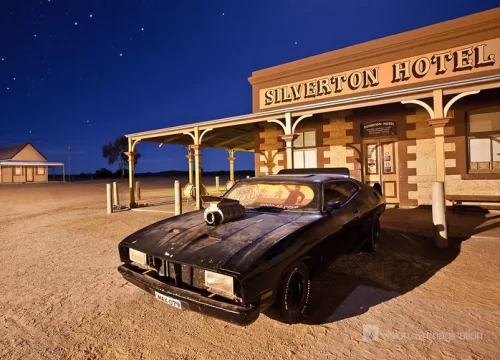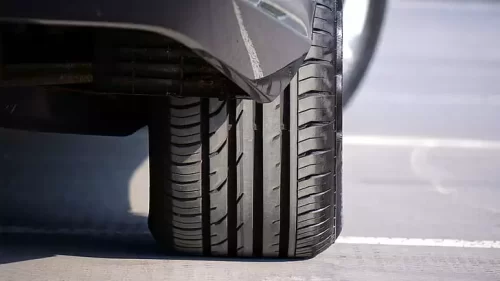
FAST FACTS Vol. 1, Issue 40 – Mad Max: Fury Road
88 Bad-Ass Custom Vehicles, Half of Which Were Destroyed This Award-Winning Film Took Action To A New Level with All Real Stunts Mad Max: Fury
Every production car manufactured in the United States has a VIN, or vehicle identification number. This 17-digit code is like the fingerprint of your automobile, as no two are the same.
As you can imagine, each digit, and its corresponding position in the code, contains specific details about the vehicle. Here’s the breakdown:
With today’s technology, you can look up your VIN number and find a whole host of information about your car. A lot of it you may never have known.
From the example image here, you can tell the manufacturer, make and model, year produced; the plant city, state, and country; the number of doors, the body class, the type of fuel and fuel delivery system; and even the airbag features.
But most importantly for Fraser, the VIN tells us exactly what engine belongs in your vehicle, including the model name, configuration, number of cylinders, and most importantly, the exact displacement or size of the engine.
You may notice in our example image that we ask you to copy the VIN decoder information page and send it to our sales office if you are planning to buy a remanufactured engine. We do this because it’s important for you to review the information for accuracy. Sometimes entering one wrong digit can still provide most of the correct information but not the right engine. So, this adds an additional layer of protection to your purchase by verifying the engine you’ve selected is the right one for your vehicle.

88 Bad-Ass Custom Vehicles, Half of Which Were Destroyed This Award-Winning Film Took Action To A New Level with All Real Stunts Mad Max: Fury

Known as the Pursuit Special, This Iconic Car Led Them All The 1973 Ford XB Falcon GT 351 was already a mean machine Introducing The

Issue 34 • Engine & Transmission Tips There is more to winterizing your car than adding winter wiper blades. The smart driver does a set

Issue 22 • Engine & Transmission Tips First, understand that DIY (Do It Yourself) solutions for repairing scratches or paint chips on your car will

In this article series, we’re going to talk about the heart and soul of Ford’s off-road dominance—their engines, with a special focus on the formidable

Issue 25 • Engine & Transmission Tips Watch for these signs your tires are nearing their end of life There isn’t a lot of mystery